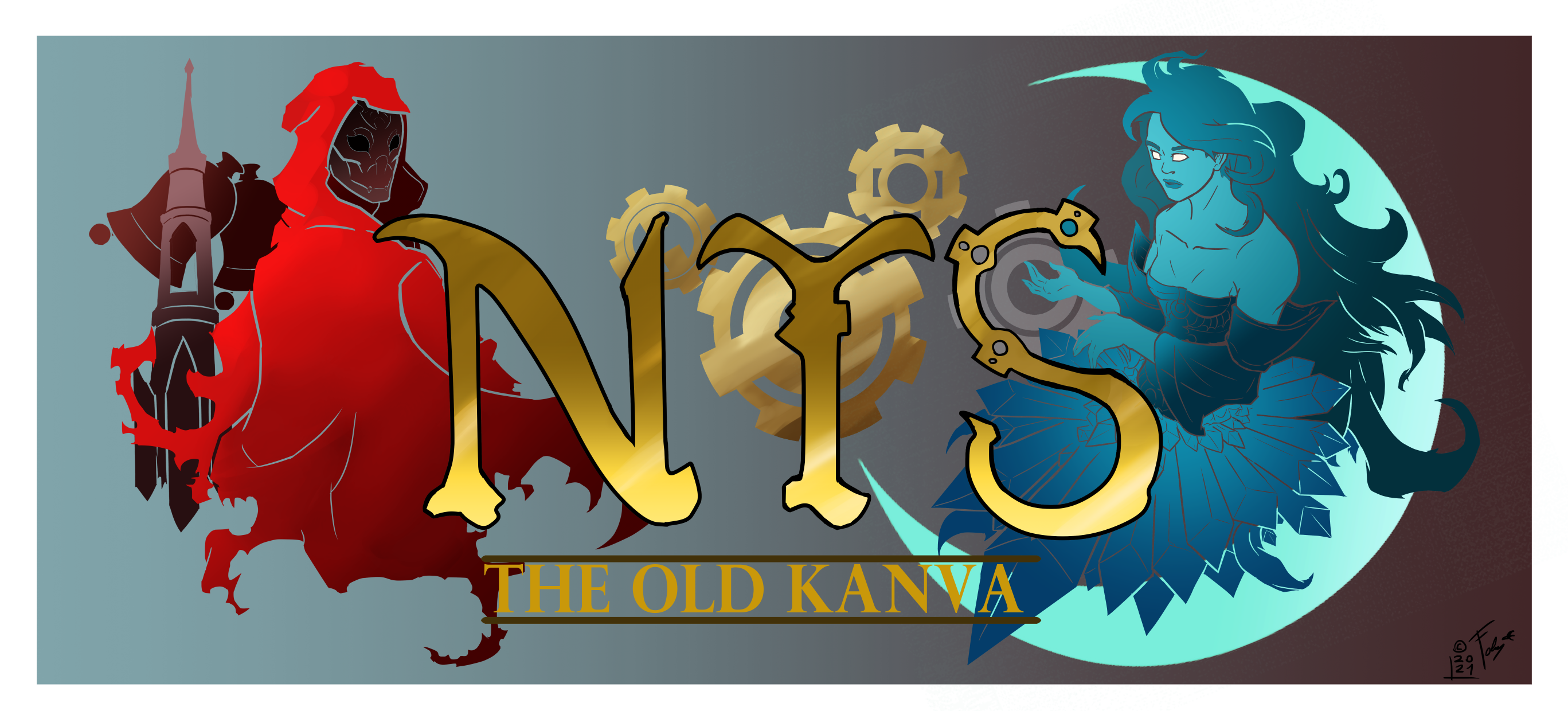Gauzambre
The gauzambre is a reptile with four legs and no wings resembling a large lizard, inhabiting Doujatan rivers, both underground and on surface. It is said to be venomous. Though mostly aggressive and very threatening for unprepared people, they are nowhere nearly as dangerous as other doujin species against equipped groups: a fun anecdote is that, at some point, people tried to hunt them down for the sake of science with the help of irkys stenun, but, as one could expect, the devils completely tore apart the target, so that nothing suited to analysis remained.
Contrarily to the irkys, gauzambren seem not to be tamable: though not as aggressive as the others, they are wilder and ferociously rebel at every taming attempt. It is still possible to hold them in captivity by sheer force.
Basic Information
Anatomy
Gauzambren are very similar to large lizards, high up to 1,5 meters. Thanks to the possibility of hunting them down and helding them in captivity, it has been possible, in time, to collect information about them.
Their skin is reinforced by armoured scales consisting of tiny bones, functoning as a sort of chainmail. Sharp piercing weapons seem to be able to cut through this mail, but only if the specimen is young enough: the bones vary in shape with the age of the animal and tend to ossify more extensively, forming larger plates. As a consequence, blunt weapons work best against these reptiles.
Scholars debate over the function of some glands in gauzambren lower jaw: many think they contain venom, in particular paralyzing toxins, while others propose they produce a liquid that allows the animal to eat raw meat safely. The former argue that others carnivorous reptiles, as the irkys stenu, does not have them, and that a paralysing effect has been observed in preys; the latter reply that the paralysis can be the effect of shock and hemorragies and that studies on recently dead healthy stenun have never been conducted.
Additional Information
Social Structure
The society of these reptiles is strictly centred on the figure of the strongest male controlling his territory.
When a male claims an area as his own, he first has to fight any other male, often killing them, and establish its permanent nest. Only then, if the area has enough resources, females will ask for his protection against predators making a nest in its territory. If he allows them, he will defend them and will earn the right of mating with them during the mating season (in late spring and early summer).
Younger males often challenge the alpha male for the supremacy on his area: usually, unless food is scarce, the alpha male does not kill the challenger, allowing him to flee. If instead, another male tries to mate with his females, the alpha will kill (and eat) the trespasser.
The highest number of observed females living under the protection of a single male is six.
When females grow up, they migrate away from the territory of their mother's protector and look for another male.
Perception and Sensory Capabilities
Gauzambren have a bad hearing, like other doujin of the same family: most of them can't even hear a person shouting at them.
Scholars mostly agree on the fact that these animals have a bad night vision and distinguish static things with difficulty.
Like other members of similar species, gauzambren use their tongue to smell the air to detect preys and dangers. Some seem to be able to detect blood and carrions up to twelve kilometres away, with favourable wind conditions.




Comments